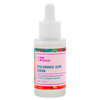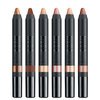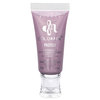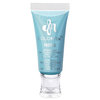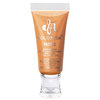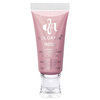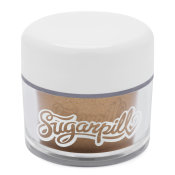
When shopping for shadows, some people gravitate towards the convenience of a pressed eye shadow pan while others prefer the larger selection of colors and finishes that loose pigments offer. Is there a distinction between the two, and is one better than the other? "The main differences are in the ingredients used to wet the powder, which allow for compaction and pressing into pans," explains cosmetic chemist Nick Morante. Wetting agents include vegetable oils, esters, or other emollients that help the pigment stick to itself. Chemists also add fillers such as talc or mica to pressed shadow to give the powder a smoother feel on the skin.
While both types of shadow may have a place in your stash, one may have have a higher color payoff than the other. "A pressed powder can handle a much higher pigment load because of the wetting agents in the formula," explains Nick. Loose powders are usually formulated to be more lightweight and translucent because of their multipurpose use on the cheeks and face.
Many love to turn their loose pigments into palette-ready shadows using rubbing alcohol, but there could be some reservations and dangers associated with this at-home pressing technique. "You can dilute the color level and pose the risk of contamination and microbial growth in your powder,” says Nick. "The mechanics of wetting the powder aren't efficient enough when done at home and the product won't be uniform or apply evenly onto the skin."
Do you find any differences between your pressed and loose pigments? Which type of eye enhancers do you prefer most? Vote below and let's hear your say in the shadow showdown!
Featured Products
You Might Also Like
-
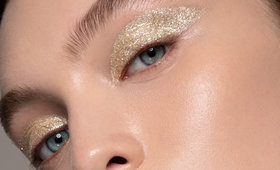
Eye Shadow
5 Easy Eye Looks You Can Do with One Shade
- 1
-

Building Your Kit
Building Your Kit Part 8: The Complete Guide to Eye Shadow
- 2002
-
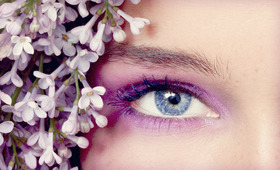
Eye Shadow
Lovely Lilac Eyes
- 148
-

Face
Anne Hathaway at the "One Day" Premiere
- 15
-
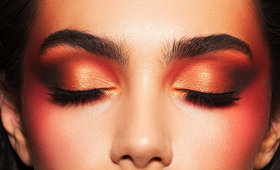
Makeup Tutorials
5 Ways to Use Natasha Denona’s Sunset Palette
- 38
-
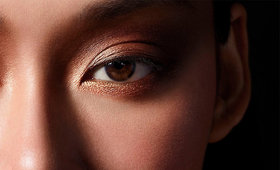
Eye Shadow
This Creamy TOM FORD Shadow Quad Was Made for You
-

Eye Shadow
Nude Awakening!
- 228
-

Makeup Tutorials
The Sunset Palette Series: Elevated Smoky Eye
- 18







